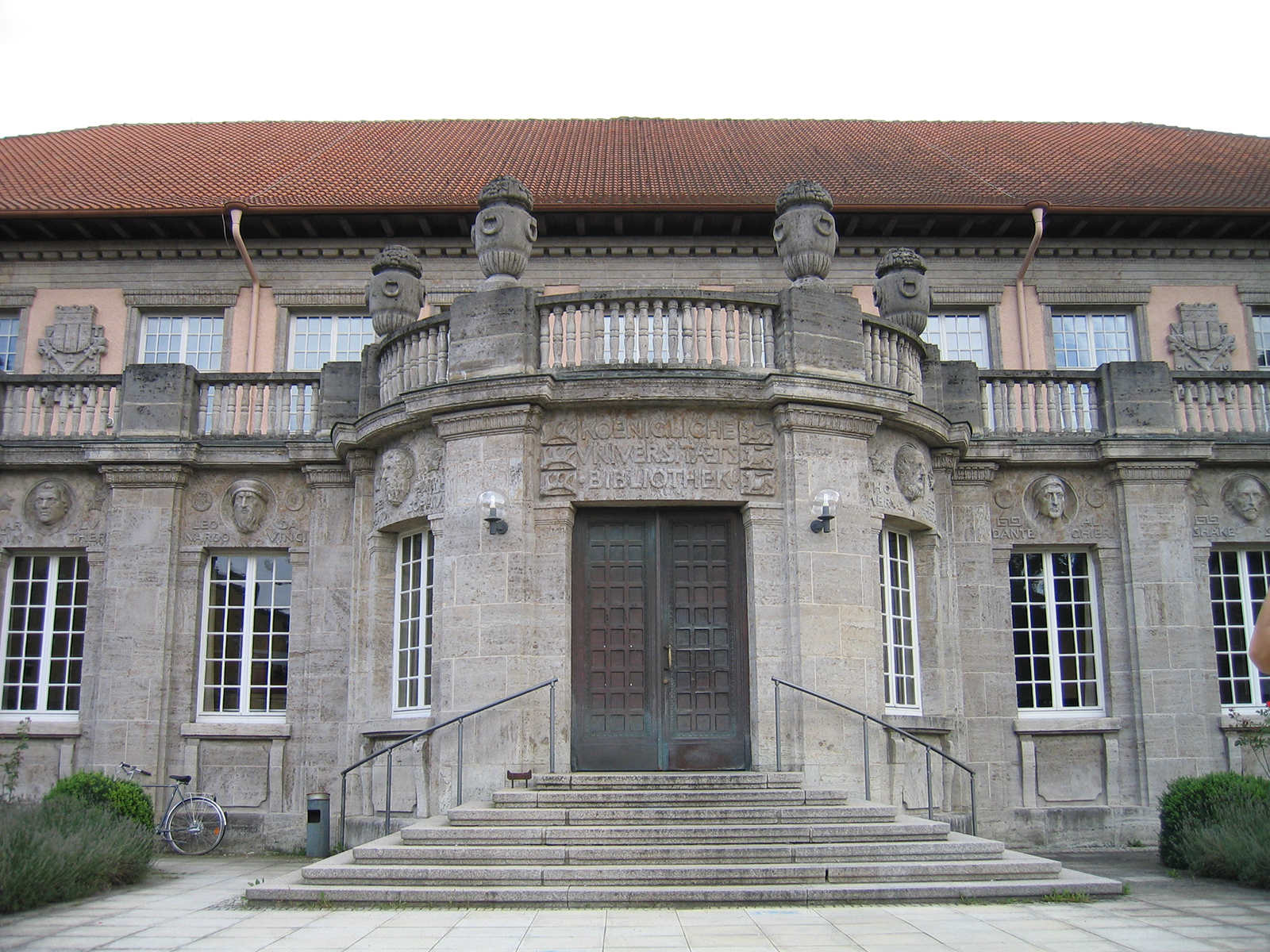University of Tübingen: Genetic descent and heritage of the Etruscans deciphered
The Etruscans, whose heyday was in the Iron Age in central Italy around 800 BC. BC, were closely related to their neighbors, the Latins in the region of Rome. Large proportions of the common genetic heritage point to ancestors from the Eastern European steppe who came to Italy and Europe during the Bronze Age and who are associated with the spread of the Indo-European languages in Europe. This was the result of a genetic study of the remains of 82 individuals from twelve Etruscan sites in central and southern Italy, dating from 800 BC. Lived until 1000 AD. The results are in stark contrast to an earlier suggestion that the Etruscans might have been immigrants from Anatolia or the Aegean Sea. The researchers provide a possible explanation for why the Etruscans had their own,
The study was carried out by an international research team, led by Professor Cosimo Posth from the Senckenberg Center for Human Evolution and Palaeoenvironment at the University of Tübingen, Professor Johannes Krause from the Max Planck Institute for the History of Man and Evolutionary Anthropology, and Professor David Caramelli from the University of Florence. It was published in the journal Science Advances .
Phases of constancy and change
During the Iron Age, the Etruscans inhabited large areas of central Italy, today’s regions of Tuscany, Latium and Umbria with local foothills in neighboring regions. Their culture is known for their special skills in metalworking, their highly developed art and their language, which has not yet been fully deciphered and does not belong to the language family of the Indo-European languages. “The Etruscans appeared so differently from their neighbors that scientists have long debated whether this population was local or immigrated. Our results show a local origin, ”reports Cosimo Posth.
If one takes into account that the people from the steppe who immigrated to Italy in the Bronze Age were responsible for the spread of the Indo-European languages, it is puzzling how a completely different, older language could be preserved among the Etruscans more than 1500 years later. “This linguistic persistence across genetic change calls into question previous simple assumptions that genes and languages belong together. The event was probably more complex. Possibly the Etruscans integrated in the second millennium BC Early Italian-speaking people in their own language community, ”says David Caramelli.
The 82 individuals selected for the study span the period from 800 BC. Chr. To 1000 AD. “We proceeded step by step: First we created a genetic portrait of the Etruscans and then followed over time what influences emerged from possible immigrants or mixed with other populations over the course of 2000 years”, says Johannes Krause. Although some individuals from the Middle East, North Africa and Central Europe must have immigrated to central Italy, the Etruscan gene pool remained stable for at least 800 years during the Iron Age and the period of the Roman Republic. “A great genetic upheaval came for the people in central Italy with the Roman Empire. Back then they mingled with populations from the eastern Mediterranean, which probably included slaves and soldiers who were abducted or resettled within the Roman Empire, ”says Krause. “This genetic shift brings to light the role of the Roman Empire in large-scale displacement and resettlement.”
Genetic Shift in the Early Middle Ages
When the team analyzed the genetic relationship of the Central Italians who had lived in the early Middle Ages towards the end of the study period, they found that Northern Europeans spread across the entire Italian peninsula after the collapse of the Western Roman Empire. The Central Italians mixed with Germanic migrants who immigrated to the region, for example, at the time of the Kingdom of the Longobards. “After this early medieval intermingling, the population in today’s regions of Tuscany, Latium and Basilicata has remained largely stable to this day. The genetic make-up of people living today in central and southern Italy has hardly changed in the last 1000 years, ”says Cosimo Posth.
In order to substantiate the study results in detail, further genome analyzes are to be carried out on individuals from the last two thousand years from all over Italy. “The Roman Empire in particular, in the first 500 years of our era, seems to have had a long-term influence on the genetic profile of southern Europeans. This closed the previous genetic gap between Europeans and people in the Eastern Mediterranean, ”says Posth.

